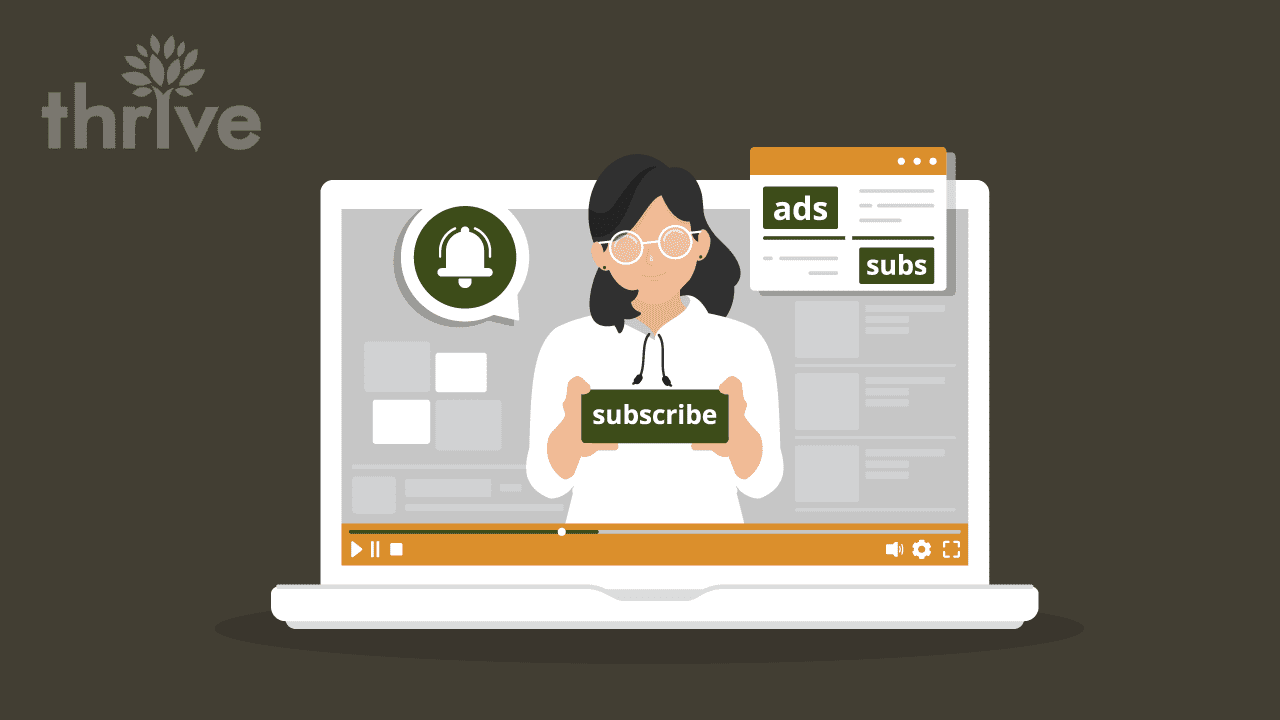At this point, advertisers are aware of the powerful storytelling aspect that video ads add to their digital marketing initiatives. But, applying the same strategy to all campaigns is boring and misrepresentative to the brand. You have options!

YouTube video ads
YouTube is essentially a video website, social channel, and search engine combined. The second largest search engine!
Not only are there options for advertisers to target based on demographics, context, audience and placements, but users also have the ability to engage with videos via channel subscriptions, likes and discussions.
Not only do over 50% of marketing professionals name video as the type of content with the best ROI, marketers who use video in addition to other channels grow revenue 49% faster than non-video users (WordStream, 2018).
Getting started with YouTube is easy. Start the setup in your Google Ads account by selecting a goal, audience, relevant video context, location, landing pages, and daily budget. Google Ads will also guide you through the steps, and will look something like this:
The video format options are endless, so it is important to choose the format that maximizes views and brand engagement for your video content. Here are the basics:
- Non-skippable (Pre-roll). These are paid for on a CPM basis, but come with a 20 second limit based on user feedback that paints non-skippable ads and intrusive and somewhat intolerant. Non-skippable ads are effective when presented to consumers loyal to a brand. Consider using this format for retargeting purchasers.
- Quick Tip: For non-skippable ads, shorter is better!
- Skippable (TrueView). Paid for on a cost-per-view (CPV) basis, so the internet user can skip after 5 seconds. Longer, discovery ads with no max. length or shorter in-stream ads with a max. length of 3 minutes are available within the TrueView strategy and can be optimized for reach or consumer action. Skippable ads are the least intrusive, and will prevent viewers from perceiving your brand negatively by being forced to finish an ad before they can watch a video.
- Bumper ads. Also paid for on a CPM basis, this type is non-skippable, only 6 seconds long and great for mobile campaigns. These are best for the “cliffhanger” approach, where viewers are encouraged to visit the website or otherwise engage with a brand to see the rest of the story. Be creative!
- Overlay and display ads run on top of and in companion with a YouTube video, more like a traditional display format while Sponsored Cards are small pop-ups that allow for interaction and are made within the Creator Studio. Use these in tandem with videos to attract even more attention to your promotion and encourage more than one way to interact.
Video ads within Google Display Network
When setting up a YouTube campaign, videos can also be served across GDN, sites that purchased Google ad space, to maximize reach and number of impressions. This video received 3,451 additional impressions by including the Google Display Network at a 54.01% view rate!
Google Outstream Video Ads
This feature is new(ish) as of April 2018 and answers advertisers long-awaited needs for responsive video ads that reach internet users where YouTube is not present. Using a viewable CPM bidding strategy, videos appear on mobile sites and apps across the Google video partner network. Placement and content targeting and exclusions still apply and appear as interstitials, in-feed, and native ads.
Set up of outstream video ads requires the goal of ‘brand awareness and reach’ and the following elements:
- Video
- Headline and Description
- Final URL
- Logo
- Optional Thumbnail
And, cut!
There you have it. A few options you have if video advertising is part of your digital marketing strategy.
To talk with a video marketing or PPC specialist about the best strategy for your brand and assets today call 866-908-4748 or fill out this form. We can’t wait to hear from you!
